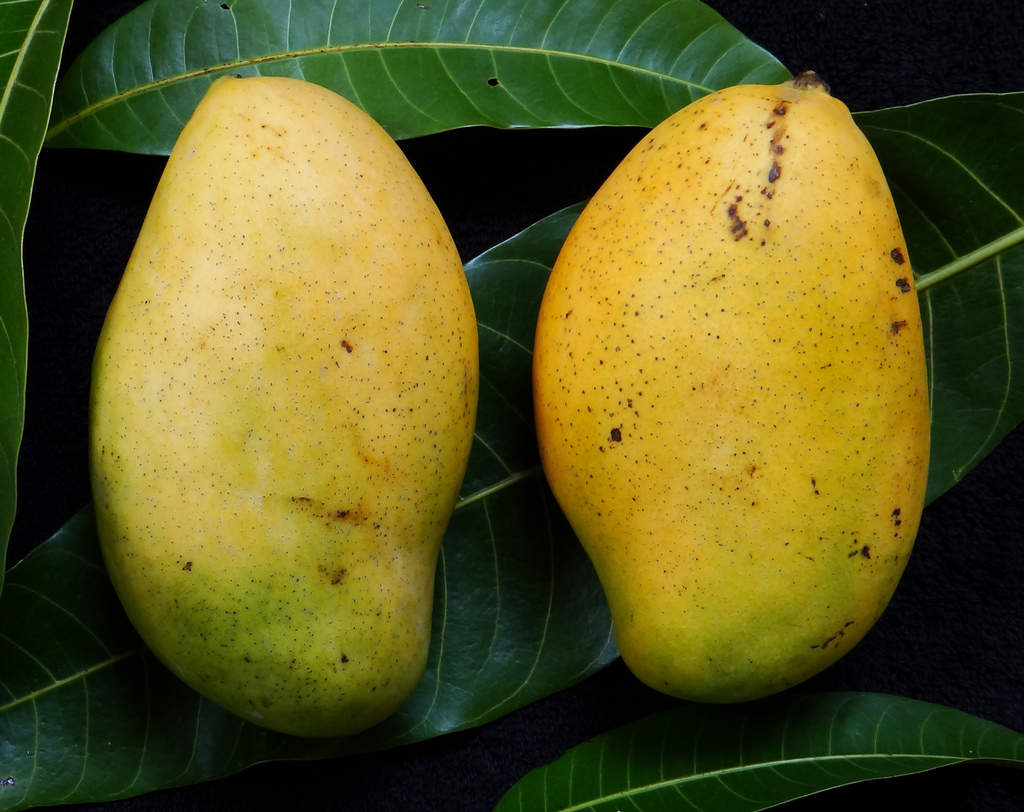Hey, if you're liking what you see thus far, how about leaving us a testimonial? 
Hey, if you're liking what you see thus far, how about leaving us a testimonial? 
 Madame Francis Mango is a traditional dessert mango originating from Haiti, so popular that it is considered the country’s ‘ DE facto’ mango. In fact, Madame Francis is to Haiti what Alphonso is to India, Carabao is to the Philippines, and Ataulfo is to Mexico.
The bright medium green and yellow color fruit with an interior being dark orange with a hearty Fibrous flesh is soft, juicy with a rich, spicy sweet flavor that speaks of the Caribbean. It is generally one of the first mangos to ripen during the season and often produces multiple crops here in Florida and throughout the tropics.
Madame Francis Mango is a traditional dessert mango originating from Haiti, so popular that it is considered the country’s ‘ DE facto’ mango. In fact, Madame Francis is to Haiti what Alphonso is to India, Carabao is to the Philippines, and Ataulfo is to Mexico.
The bright medium green and yellow color fruit with an interior being dark orange with a hearty Fibrous flesh is soft, juicy with a rich, spicy sweet flavor that speaks of the Caribbean. It is generally one of the first mangos to ripen during the season and often produces multiple crops here in Florida and throughout the tropics.






